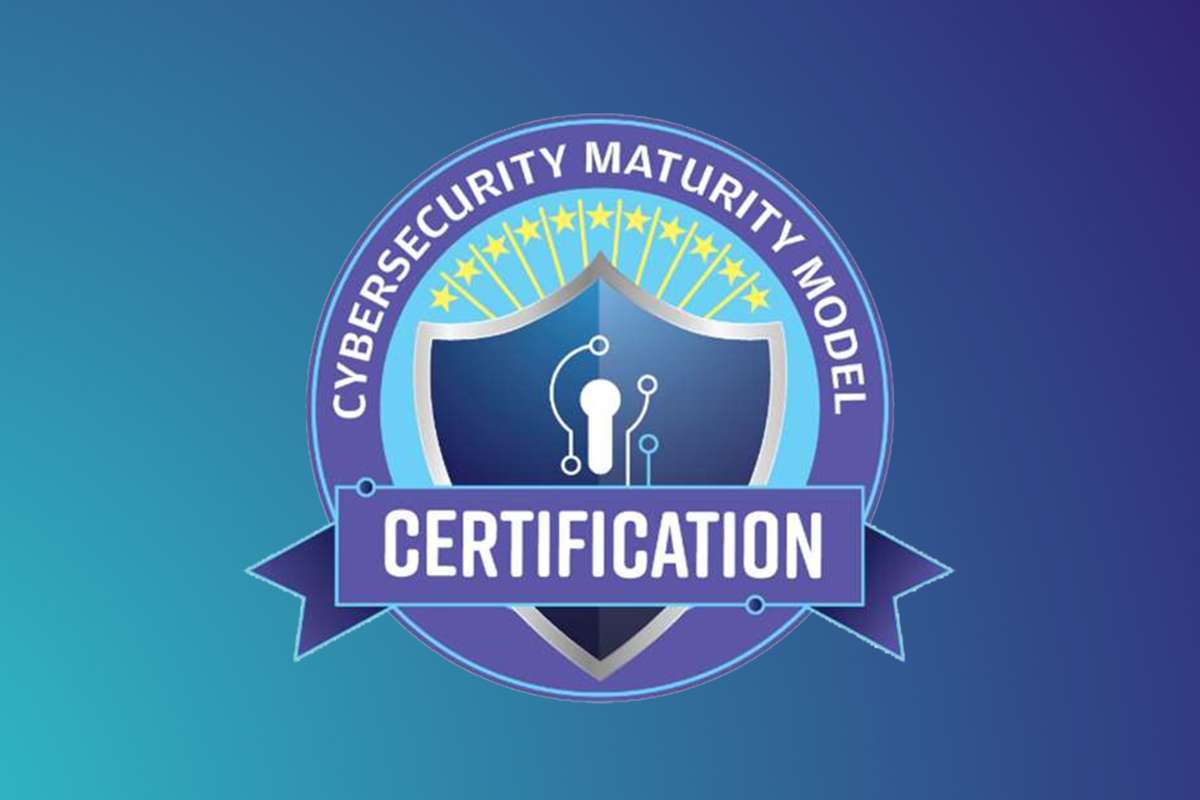In today’s digital age, electronic crimes have emerged as a pervasive threat, infiltrating every aspect of our interconnected world. From sophisticated cyberattacks targeting multinational corporations to simple phishing scams targeting unsuspecting individuals, they come in various forms and magnitudes. Understanding its intricacies is crucial for individuals, businesses, and governments alike in order to effectively combat this ever-evolving menace.
Electronic Crimes: An Overview:
Electronic crimes, also known as cybercrimes, encompass a wide range of illegal activities conducted through electronic means. These crimes exploit vulnerabilities in digital systems, networks, and devices, leveraging technology for nefarious purposes. The term “electronic crimes” encompasses a broad spectrum of illicit activities, including but not limited to:
- Hacking: Unauthorized access to computer systems or networks with the intent to steal data, disrupt operations, or cause damage.
- Phishing: Deceptive techniques are used to trick individuals into divulging sensitive information, such as passwords, credit card numbers, or personal details, often through fake emails or websites.
- Malware Attacks: The deployment of malicious software, such as viruses, ransomware, and spyware, to compromise the security of computers, smartphones, or other digital devices.
- Identity Theft: The fraudulent acquisition and misuse of personal or financial information for financial gain or other unlawful purposes.
- Online Fraud: Various forms of fraudulent activities are conducted over the internet, including investment scams, auction fraud, and credit card fraud.
The Impact of Electronic Crimes:

The consequences of electronic crimes can be severe and far-reaching, affecting individuals, businesses, and society as a whole. Some of the key impacts include:
- Financial Losses: Individuals may suffer monetary losses due to unauthorized transactions, identity theft, or investment scams perpetrated online.
- Reputational Damage: Businesses may face reputational harm if their systems are compromised, leading to loss of customer trust and loyalty.
- Disruption of Operations: Cyberattacks can disrupt the operations of businesses, government agencies, and critical infrastructure, causing downtime and financial losses.
- Data Breaches: The theft or exposure of sensitive information through data breaches can lead to identity theft, fraud, and regulatory penalties.
- National Security Threats: Electronic crimes pose national security threats, as cybercriminals may target government agencies, defense contractors, or critical infrastructure to steal classified information or disrupt essential services.
Preventing and Mitigating Electronic Crimes:

Preventing and mitigating it requires a multi-layered approach that addresses technological, organizational, and human factors. Some effective strategies include:
- Strong Authentication Measures: Implementing multi-factor authentication (MFA) and biometric authentication to enhance the security of online accounts and systems.
- Regular Software Updates: Keeping operating systems, applications, and security software up to date with the latest patches and updates to address known vulnerabilities.
- Employee Training and Awareness: Providing comprehensive training and awareness programs to educate employees about common cyber threats, phishing techniques, and best practices for online security.
- Network Security Measures: Deploying firewalls, intrusion detection systems (IDS), and encryption protocols to protect against unauthorized access and data breaches.
- Incident Response Planning: Developing and testing incident response plans to ensure a timely and effective response to security incidents, including data breaches, ransomware attacks, and other cyber threats.
Additional Strategies and Considerations:
In addition to the aforementioned strategies, there are several other considerations for preventing and mitigating electronic crimes:
- Supply Chain Security: Organizations should assess and mitigate risks associated with their supply chain partners, as cybercriminals may exploit vulnerabilities in third-party vendors to gain access to sensitive data or systems.
- Threat Intelligence Sharing: Collaboration and information sharing among organizations, industry groups, and government agencies can help identify emerging cyber threats and enhance collective defense capabilities.
- Legal and Regulatory Compliance: Organizations should ensure compliance with relevant laws, regulations, and industry standards pertaining to data protection, privacy, and cybersecurity to mitigate legal and financial risks associated with electronic crimes.
- Cyber Insurance: Investing in cyber insurance policies can provide financial protection against the costs associated with data breaches, ransomware attacks, and other cyber incidents, including legal fees, regulatory fines, and remediation expenses.
- Continuous Monitoring and Improvement: Cybersecurity is an ongoing process, and organizations should continuously monitor their systems, networks, and security controls to detect and respond to evolving threats effectively.

FAQs (Frequently Asked Questions)
1. What are the most common targets of electronic crimes?
They target individuals, businesses, government agencies, financial institutions, and critical infrastructure sectors, among others.
2. How can individuals protect themselves against identity theft?
Individuals can protect themselves against identity theft by safeguarding their personal information, monitoring their financial accounts regularly, and being cautious about sharing sensitive information online.
3. What role do law enforcement agencies play in combating electronic crimes?
Law enforcement agencies collaborate with cybersecurity experts and international partners to investigate these crimes, apprehend cybercriminals, and prosecute offenders.
4. Are there any emerging trends in electronic crimes?
Yes, emerging trends in electronic crimes include the proliferation of ransomware attacks, supply chain vulnerabilities, and the exploitation of artificial intelligence for cyber threats.
5. How can businesses enhance their cybersecurity posture?
Businesses can enhance their cybersecurity posture by conducting regular risk assessments, implementing robust security controls, and investing in advanced security technologies, such as threat intelligence platforms and security analytics solutions.

Explain the impact of cyber-attacks on businesses:
The impact of cyber-attacks on businesses can be massive. In the interconnected realm of the digital age, cyber-attacks on businesses have become a prevalent and
Conclusion:
Electronic crimes represent a significant and growing threat in today’s digital landscape, requiring proactive measures to mitigate risks and protect against cyber threats. By understanding its nature, implementing robust security measures, and fostering a culture of cybersecurity awareness, individuals, businesses, and governments can effectively combat cyber threats and safeguard digital assets. Together, we can build a safer and more resilient digital environment for all stakeholders. Stay vigilant, stay informed, and stay protected against electronic crimes.






